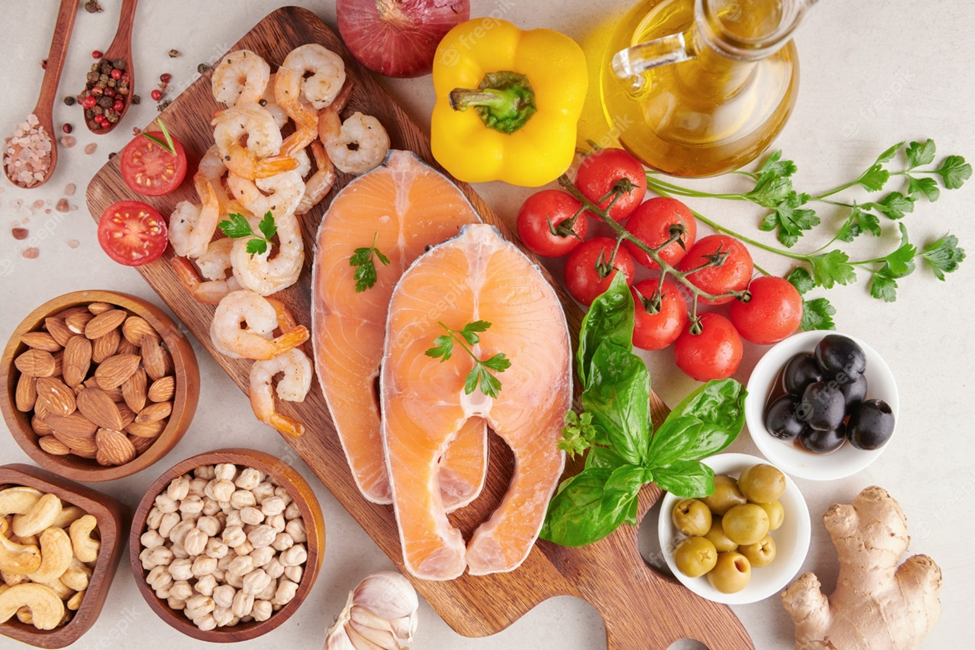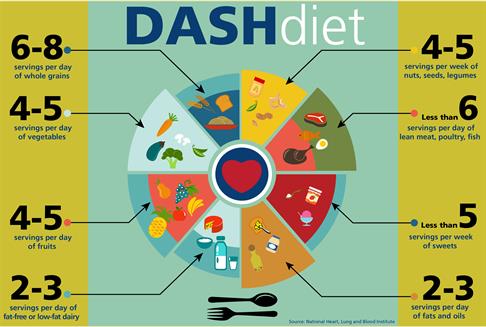Greetings readers and welcome back. My abrupt departure and lengthy absence resulted from the immediate caregiving needs of my husband who died at Christmastime. Crises during the pandemic may have interrupted your schedules as well whether from illnesses or the many other disruptions caused by Covid throughout the world. I hope that, like me, you are doing well and moving forward.
As we regroup, I’m excited to announce that future posts will relate more closely to the title of this blog, “Food from the Garden.” While I will continue to update readers on recent nutritional news, I will incorporate more information on foods we prepare and eat. Many of these may include excerpts from my forthcoming cookbook. I’ll explore topics such as—what are ancient grains, who needs gluten-free diets, and a world of other questions people often ask about food and nutrition. Of course, you will find oodles of recipes from comfort foods to my famous Baked Alaska. While our well-being and longevity may depend on our balance of eating healthier foods, it’s also about enjoyment. We can indulge occasionally if we consider those sweets and fats in with our total calorie consumption. Who would want to miss my fresh coconut Christmas cake?
During the absence of this blog, some things didn’t change. For the sixth year in a row, the U. S. News & World Report magazine proclaimed the Mediterranean diet as the best overall choice for maximum health. Why does it continue to place so high? Are we listening to the experts? The diet isn’t a specific meal plan, but instead it offers smart choices for individuals to choose what they like and want.

Research substantiates that foods which make up the Mediterranean diet—fruits, vegetables, whole grains, beans, nuts, seafood, and lean poultry along with olive oil—tend to result in better health. The January 2023 U. S. News & World Report magazine gives more information on this healthful diet known to promote longevity and quality of life.
Among other listed attributes in the article, the diet is family friendly, budget friendly, plant friendly, and low fat. The link “read more” in the article below the Mediterranean diet gives more ideas for incorporating this nutritious diet into your meal plans. It’s never too late to start. Check it out.












 February may be the shortest month, but it’s a busy time for holidays and health. Valentine’s Day blows warm kisses amid cold winters. President’s Day follows close behind reminding us of extraordinary American leaders in past years. While we observe these two holidays, February additionally focuses on health. Heart-related problems are the number one cause of death in our nation. National Heart Month in February encourages Americans to alter lifestyles to slow progression of this disease.
February may be the shortest month, but it’s a busy time for holidays and health. Valentine’s Day blows warm kisses amid cold winters. President’s Day follows close behind reminding us of extraordinary American leaders in past years. While we observe these two holidays, February additionally focuses on health. Heart-related problems are the number one cause of death in our nation. National Heart Month in February encourages Americans to alter lifestyles to slow progression of this disease.
